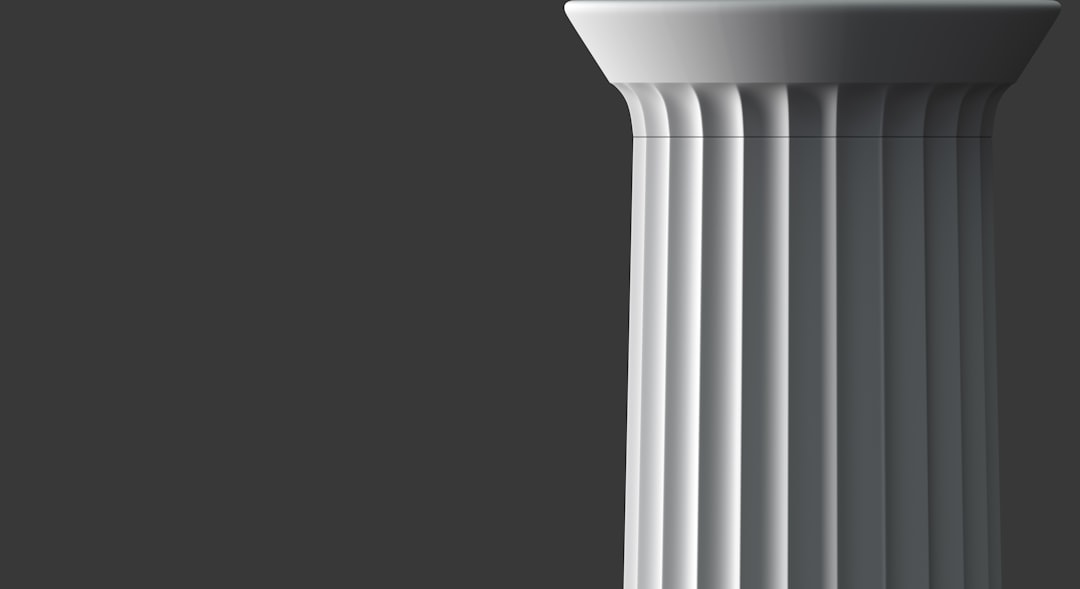Column vs. Row
What's the Difference?
Columns and rows are both fundamental components of tables and spreadsheets used for organizing and presenting data. A column is a vertical arrangement of cells, typically representing a specific attribute or variable. It allows for easy comparison and analysis of data within a specific category. On the other hand, a row is a horizontal arrangement of cells, usually representing a single record or entry. It provides a comprehensive view of all the attributes or variables associated with a particular item. While columns facilitate data analysis and comparison, rows offer a holistic perspective on individual data points. Both columns and rows are essential for effective data organization and presentation.
Comparison

| Attribute | Column | Row |
|---|---|---|
| Definition | A vertical arrangement of data in a table. | A horizontal arrangement of data in a table. |
| Orientation | Vertical | Horizontal |
| Position | Vertically aligned | Horizontally aligned |
| Primary purpose | Organize data vertically | Organize data horizontally |
| Number | Multiple columns can exist in a table | Multiple rows can exist in a table |
| Order | Columns are typically numbered or labeled from left to right | Rows are typically numbered or labeled from top to bottom |
| Width | Columns can have different widths | Rows have the same width as the table |
| Height | Columns have the same height as the table | Rows can have different heights |
| Content | Contains data or other elements | Contains data or other elements |

Further Detail
Introduction
Columns and rows are fundamental elements in various fields, including data organization, design, and layout. They play a crucial role in structuring information and presenting it in a visually appealing and organized manner. While both columns and rows serve similar purposes, they possess distinct attributes that make them suitable for different contexts. In this article, we will explore the attributes of columns and rows, highlighting their differences and discussing their unique advantages.
Definition and Purpose
A column is a vertical arrangement of data or information, typically organized in a linear fashion from top to bottom. It is commonly used to present data in a structured manner, such as in tables or spreadsheets. On the other hand, a row is a horizontal arrangement of data or information, usually organized from left to right. Rows are often used to group related data or present information in a sequential manner.
Columns are particularly useful when dealing with large datasets, as they allow for easy comparison and analysis of information. They provide a clear visual separation between different data points, making it easier to identify patterns or trends. Rows, on the other hand, are beneficial when presenting information in a step-by-step or chronological order. They are commonly used in timelines, process flows, or when displaying sequential data.
Visual Representation
When it comes to visual representation, columns and rows have distinct characteristics. Columns are typically represented as vertical bars or lines, with each column representing a separate data point or category. They can be of varying widths, depending on the amount of data they contain. Rows, on the other hand, are represented as horizontal lines or blocks, with each row containing a specific set of information or data.
Columns are often used in designs to create a sense of structure and hierarchy. They can be aligned to create a grid-like layout, providing a clean and organized appearance. Rows, on the other hand, are commonly used to break up content or information into manageable sections. They can be used to separate different sections of a webpage or to group related information together.
Flexibility and Adaptability
Columns and rows differ in terms of their flexibility and adaptability. Columns are highly flexible and can be easily adjusted or resized to accommodate different amounts of data. They can be expanded or contracted to fit the content, making them suitable for dynamic layouts. Rows, on the other hand, are less flexible in terms of width but can be extended vertically to accommodate additional information.
Columns are commonly used in responsive web design, where they can be rearranged or stacked vertically on smaller screens to ensure optimal readability. Rows, on the other hand, are often used to create consistent spacing and alignment within a design. They can be used to create a sense of rhythm and balance, ensuring that content is visually appealing and easy to navigate.
Information Organization
Columns and rows have different attributes when it comes to organizing information. Columns are particularly useful when dealing with complex datasets that require categorization or comparison. They allow for easy scanning and analysis of data, as information is presented in a structured and organized manner. Columns can also be used to sort data, making it easier to find specific information or identify outliers.
Rows, on the other hand, are beneficial when presenting information in a linear or sequential manner. They are commonly used to display lists, steps, or instructions, where each row represents a separate item or action. Rows can also be used to group related information together, making it easier for the reader to understand the context or relationship between different data points.
Application in Design
Both columns and rows have significant applications in design, particularly in the field of graphic design and layout. Columns are often used to create visually appealing compositions, providing a sense of structure and order. They can be used to create grids, align elements, or create a sense of hierarchy within a design. Columns are commonly used in print media, such as newspapers or magazines, to present information in a clear and organized manner.
Rows, on the other hand, are frequently used to break up content or information into manageable sections. They can be used to create visual interest or separate different sections of a design. Rows are commonly used in web design to structure content, such as in navigation menus or content blocks. They can also be used to create a sense of rhythm and flow within a design, ensuring that the user's attention is guided in a specific direction.
Conclusion
Columns and rows are essential elements in various fields, including data organization, design, and layout. While both serve similar purposes, they possess distinct attributes that make them suitable for different contexts. Columns are particularly useful for presenting large datasets, allowing for easy comparison and analysis. They provide a clear visual separation between different data points. Rows, on the other hand, are beneficial when presenting information in a step-by-step or sequential manner. They are commonly used to group related data or present information in a linear fashion.
Understanding the attributes of columns and rows is crucial for effective data organization and design. By utilizing their unique advantages, one can create visually appealing and well-structured layouts that enhance the user experience and convey information effectively.
Comparisons may contain inaccurate information about people, places, or facts. Please report any issues.